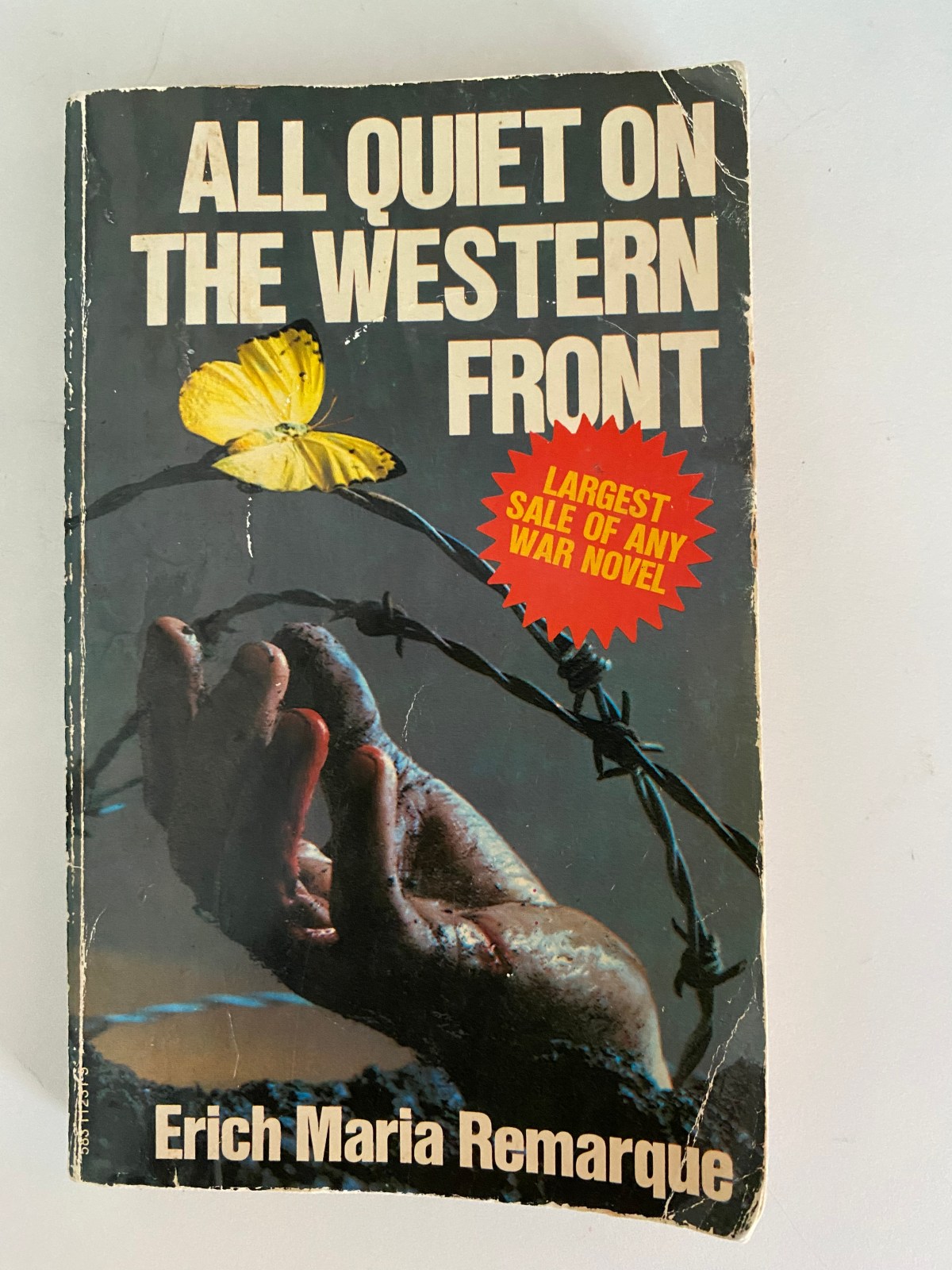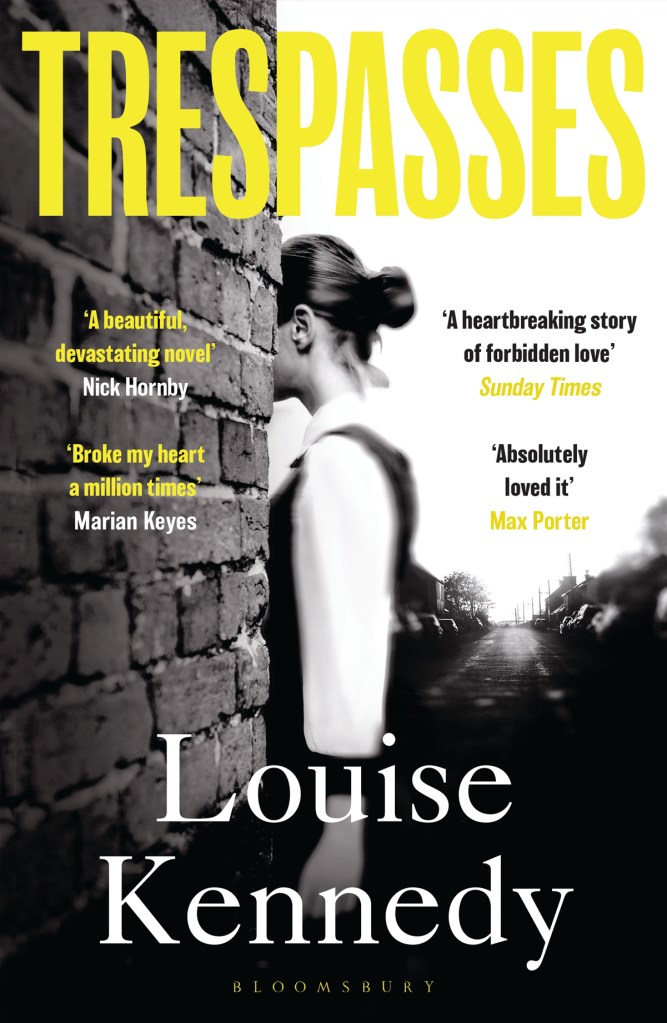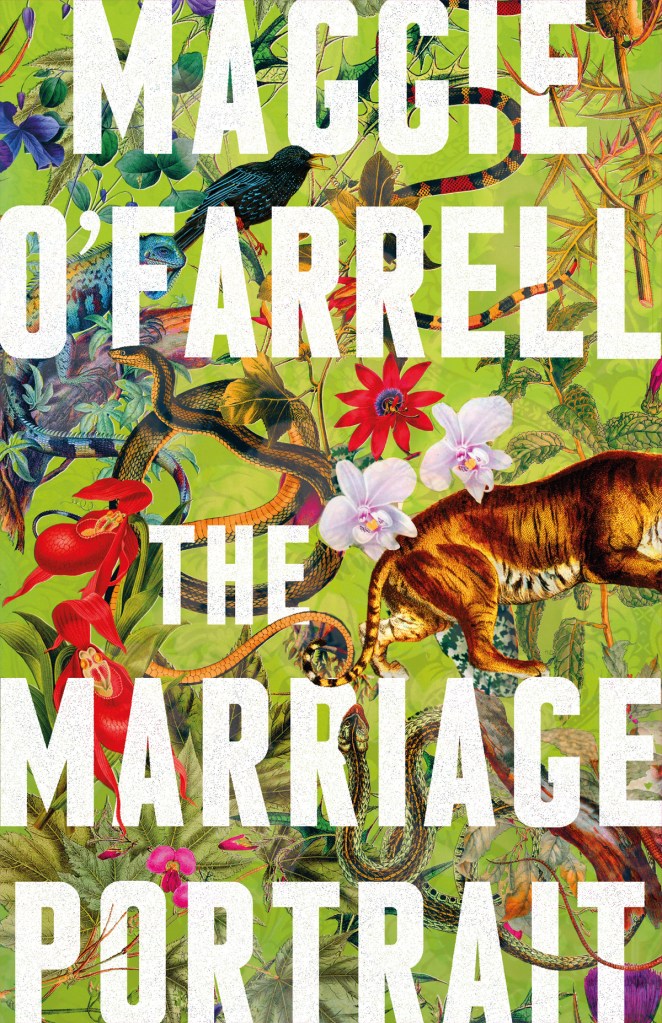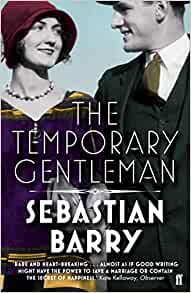As a writer (still aspiring!), I well understand the importance of ensuring my life is filled with rich cultural experiences. Obviously, as a book blogger, I probably read more than a lot of people I know, but I’m open to culture in its widest sense and will just as happily write about watching a piece of musical theatre as I am about watching a television drama. (Note to self: I’ve watched some great TV recently, must share on here.) I realised recently that I haven’t been to an exhibition in ages so I was delighted to find a very appealing offering at The Whitworth in Manchester, one of my favourite art galleries.
The Whitworth was founded in 1889, largely from a bequest in the will of Sir Joseph Whitworth, one of Greater Manchester’s greatest sons. He was born in Stockport and was a brilliant engineer, entrepreneur and philanthropist, leaving much of his fortune to good causes and for the founding of engineering scholarships.

The museum created in his name opened in 1908. Its red-brick Jacobean style of architecture is characteristic of many other buildings in the city. It closed for two years in 2013 when a massive modern extension was added, and reopened in 2015. The extension (left) was shortlisted for the Stirling Prize for architecture that year. It is quite simply a stunning building and worth visiting for this reason alone. It consistently appears in Manchester’s top ten most-visited attractions, and yet, whenever I have been there, it never feels full or overly busy. It is part of the University of Manchester and its collections include paintings, textiles, wallpapers and sculptures.
I have visited so many fantastic exhibitions here. The last one I saw, a few months ago, was a retrospective of the work of Althea McNish, one of the first Caribbean textile designers to achieve international recognition – an extraordinary feat for a woman of colour rising to prominence in Britain in the 1960s and ’70s. Seeing examples of her work, it is clear how far-reaching her influence was.
Traces of Displacement is the latest major exhibition at The Whitworth. The gallery has mined its own vast collection to bring together work which explores the immigrant experience, particularly those forced to leave the places they called home and seek sanctuary and safety in another place.

The stories are powerful: a series of watercolours, painted sparsely by Cecily Brown, shows people on small boats wearing lifejackets; particularly topical. Established artist Cornelia Parker is known for her art exploring human rights and her installation Jerusalem (Occupied Territory) reminds us of a longer-standing geopolitical crisis in that part of the world. A series of photographs showing cells at Colnbrook detention centre where asylum seekers await decisions or deportation, expose the further trauma of imprisonment that people who are fleeing often endure. Interestingly, these photos shows spaces and belongings only, not people or faces – crisps and snacks on a bedside table, laundry hanging over rails, and photos cut from magazines – reminding us of the small day to day things that we all have in common regardless of the colour of our skin or the clothes we wear. A powerful video installation tells the story of Iraqis fleeing their devastated country and certain persecution, and how they are forced to lie to obtain sanctuary.

A second strand of the exhibition explores themes of flight more widely. Long-forgotten exoduses, such as that which followed the Armenian genocide in 1915-16 and the occupation of Belgium in the first world war, remind us that refugees are not a modern phenomenon. Human flight from tragedy is not new. Nor is the instinct for self-preservation, to protect one’s family and to live free from persecution.
The exhibition does not seek to make political points, but it does seek to challenge the tendency to strip those seeking refuge of their status as humans with equal right to occupy this planet of ours and to express themselves, their cultural, religious or sexual identity. The tendency to dehumanise people seeking refugee status is a political choice and has become somewhat normalised in the toxic language used in current debate. For me, this exhibition seeks to redress that balance.
I recommend Traces of Displacement to anyone who can get to it before it finishes next January. The Whitworth is well worth a visit any time. Its first-floor glass-walled restaurant overlooking the park is excellent and the beautiful shop carries high quality products. It is truly a space for contemplation and inspiration that will nourish your soul.











